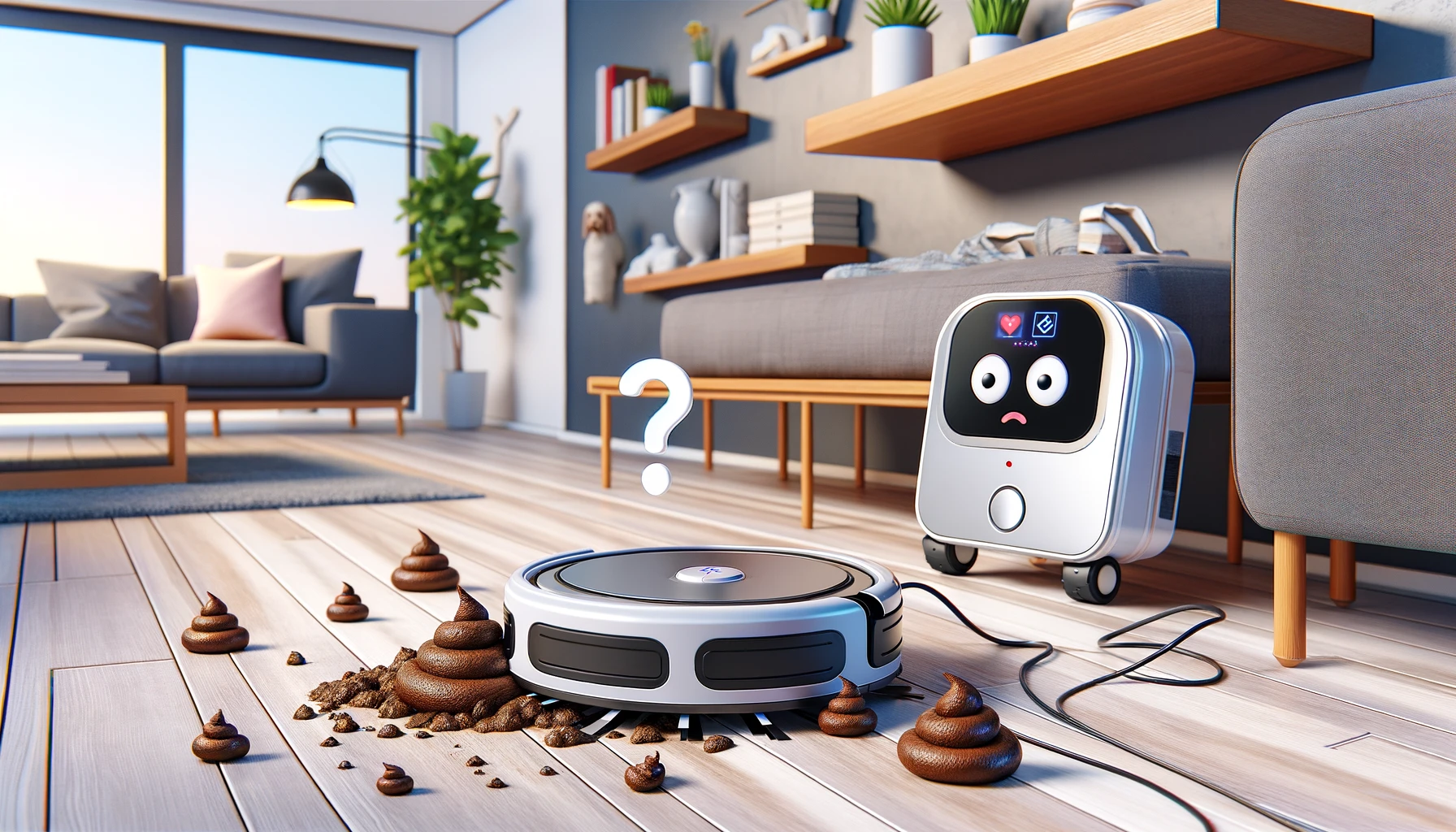Smart Vacuums vs. Dog Crap: A Messy Encounter

In the world of smart home gadgets, robot vacuums stand out for their convenience and advanced features. However, my recent experience with my S8 Pro Ultra vacuum, equipped with AI dog waste detection, has left me feeling both frustrated and disappointed. Less than a year into its service, it’s begun to struggle with basic obstacle avoidance, culminating in a distressing incident involving my router cables.
When I first purchased this model, its cutting-edge technology promised to navigate around pet waste and other common household obstacles with ease. Yet, the reality has been far from seamless. The problem seems not to be isolated, as discussions with fellow robot vacuum users have revealed a broader issue with obstacle detection in various models. Some have pointed out that while the MaxV models boast the most sophisticated navigation systems, including a full RGB camera, laser, and AI setup, the S8 Pro falls into a middle tier, with less powerful capabilities. This hierarchy of models, from the basic Q Revo and S7MaxUltra to the more advanced MaxV versions, indicates a significant variance in performance across the board.
It’s become clear that no robot vacuum can guarantee 100% accuracy in obstacle avoidance. Even the Roomba j7+, known for its pet waste avoidance guarantee, is not immune to occasional lapses. This has led to a broader realization that user expectations must be tempered with the understanding that these devices are not infallible. The complexity of navigating the real-world environment, with its unpredictable variables and challenges, means that occasional errors are inevitable.
The naming conventions and range of features across different models add another layer of complexity for consumers. Understanding the distinctions between base, Pro, and MaxV models, not to mention the nuances of docks and AI capabilities, requires significant research and attention. This complexity can be overwhelming, especially for those new to the world of robot vacuums.
Moreover, the conversation around robot vacuums extends beyond mere functionality. It touches on broader themes of technological advancement, consumer expectations, and the ongoing challenge of integrating AI into our daily lives. As we delegate more of our household chores to machines, the limitations of current technology become glaringly apparent. The incident with my vacuum running over router cables is a stark reminder that, despite their advanced capabilities, these devices still require oversight and cannot yet fully replace human judgment and intervention.
In reflecting on this experience, I’ve come to appreciate the importance of setting realistic expectations for smart home technology. While robot vacuums can significantly reduce the burden of household cleaning, they are not a panacea for all cleaning challenges. As technology continues to evolve, I remain hopeful that future iterations will address these limitations. Until then, I’ll be more cautious in my reliance on these smart devices, mindful of their current limitations, and more engaged in the ongoing dialogue about the role of AI in our homes. This experience has been a lesson in the growing pains of adopting new technology and a reminder of the balance between convenience and the need for human oversight.
Learn more about dirty water tank smell